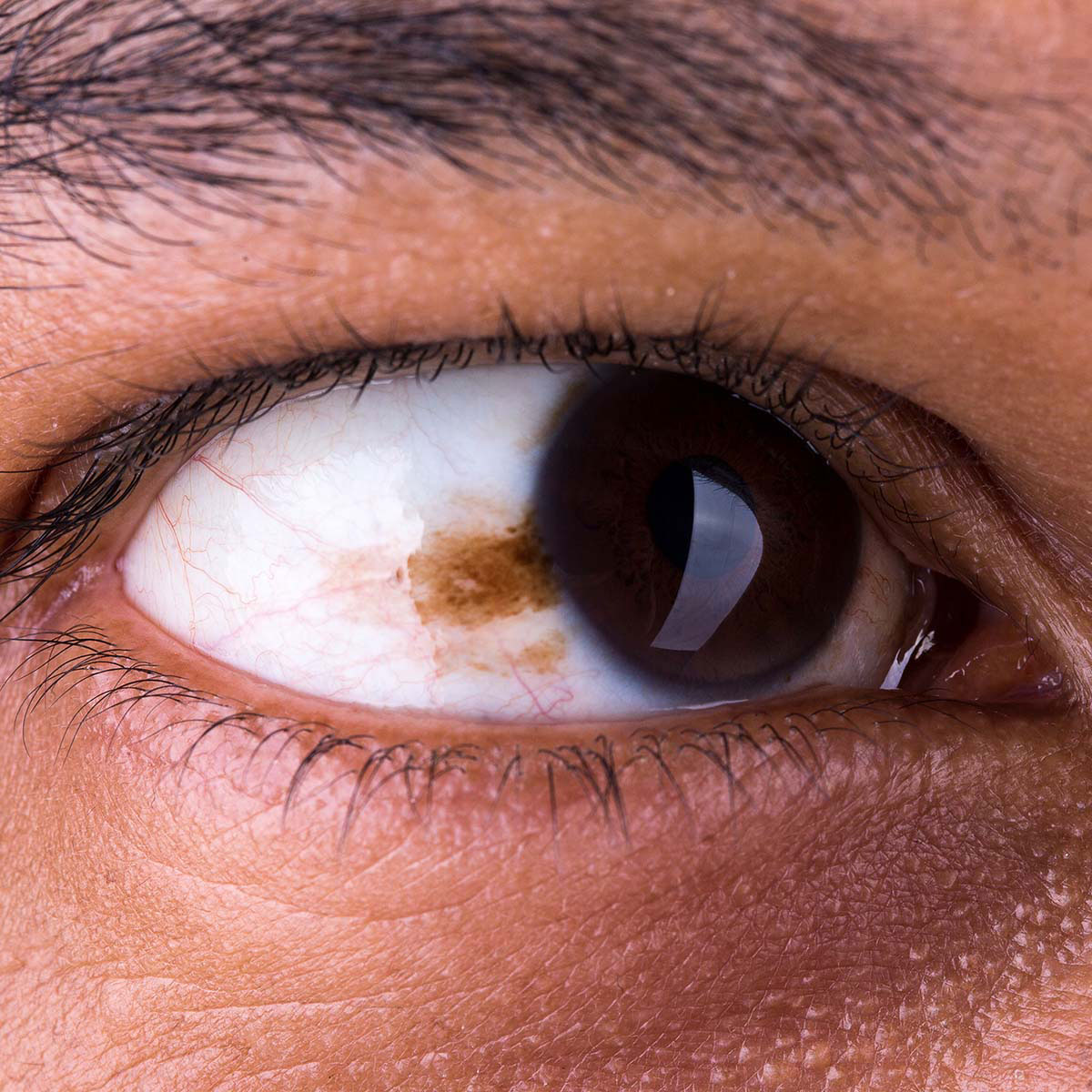
Eye melanoma


Overview
Melanoma is a form of cancer that occurs in the cells that contributes to the production of melanin, which is a substance that creates pigmentation to skin and eyes. Ocular melanoma is another term for eye melanoma. Eye melanomas occur in the region of the eye that cannot be seen by making it difficult to detect the disease. No signs or symptoms appear in the early stage of eye melanoma. The vision may not be affected by the treatment procedure for some small eye melanomas, however for large ones, there is a chance of vision loss when undergoing treatment.
Symptoms
- Flashes or specks of dust in the vision or eye floaters
- A dark spot growing on the iris
- Changing of shape of the pupil in the eye
- Blurry or poor vision in one eye
- Loss of peripheral vision
If you experience any of the above symptoms, consult a doctor. Seeking immediate medical care is recommended if you have sudden vision changes.
Causes
The reason behind the development of eye melanoma is unclear. Eye melanoma can be detected when some errors arise in the DNA of healthy cells in the eye. The errors that occurs in the DNA cause the cells to grow and multiply themselves without a control. This makes the mutated cells to continue living when normally they are supposed to die. The accumulation of the mutated cells in the eye turns into an eye melanoma.
Eye melanoma development:
Eye melanoma generally occurs in uvea, which is the cells in the middle layer of the eye. The uvea composed of three parts. Eye melanoma can have an effect on each of them:
- The iris: the colored area in the front of the eye
- The choroid layer: the layer of blood vessels and connective tissue located in the middle of the sclera and the retina.
- The ciliary body: in the front of the uvea, it releases the transparent fluid or aqueous humor into the eye
Aside from these three areas, eye melanoma can arise around the outer layer on the front of the eye known as conjunctiva, or in the socket surrounded by the eyeball and on the eyelid. However, these types of eye melanoma are uncommon.
Risk factors
- Light eye color: Blue- or green-eyed people are at a higher risk of developing eye melanoma.
- White people: White people are more likely to have eye melanoma.
- Age: With increase of age.
- Some inherited skin disorder: Dysplastic nevus syndrome holds the possibility of developing eye or skin melanoma. People with ocular melanocytosis have an increased risk of eye melanoma.
- Being exposed to ultraviolet light: Exposure to UV light, such as sunlight or light from tanning beds may increase risk of the disease.
- Genetic mutations: Particular genes passed down to children from parents may raises the possibility of developing eye melanoma.
Contact Information
service@vejthani.com



















